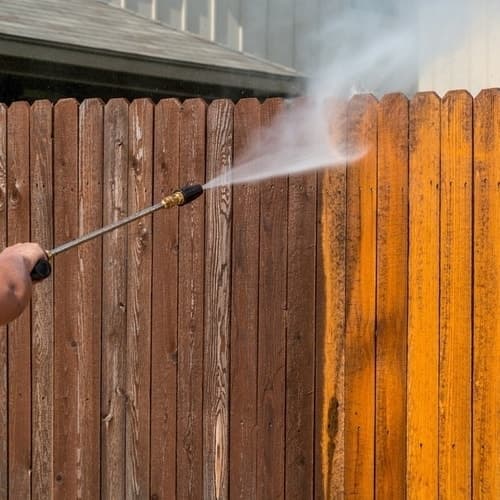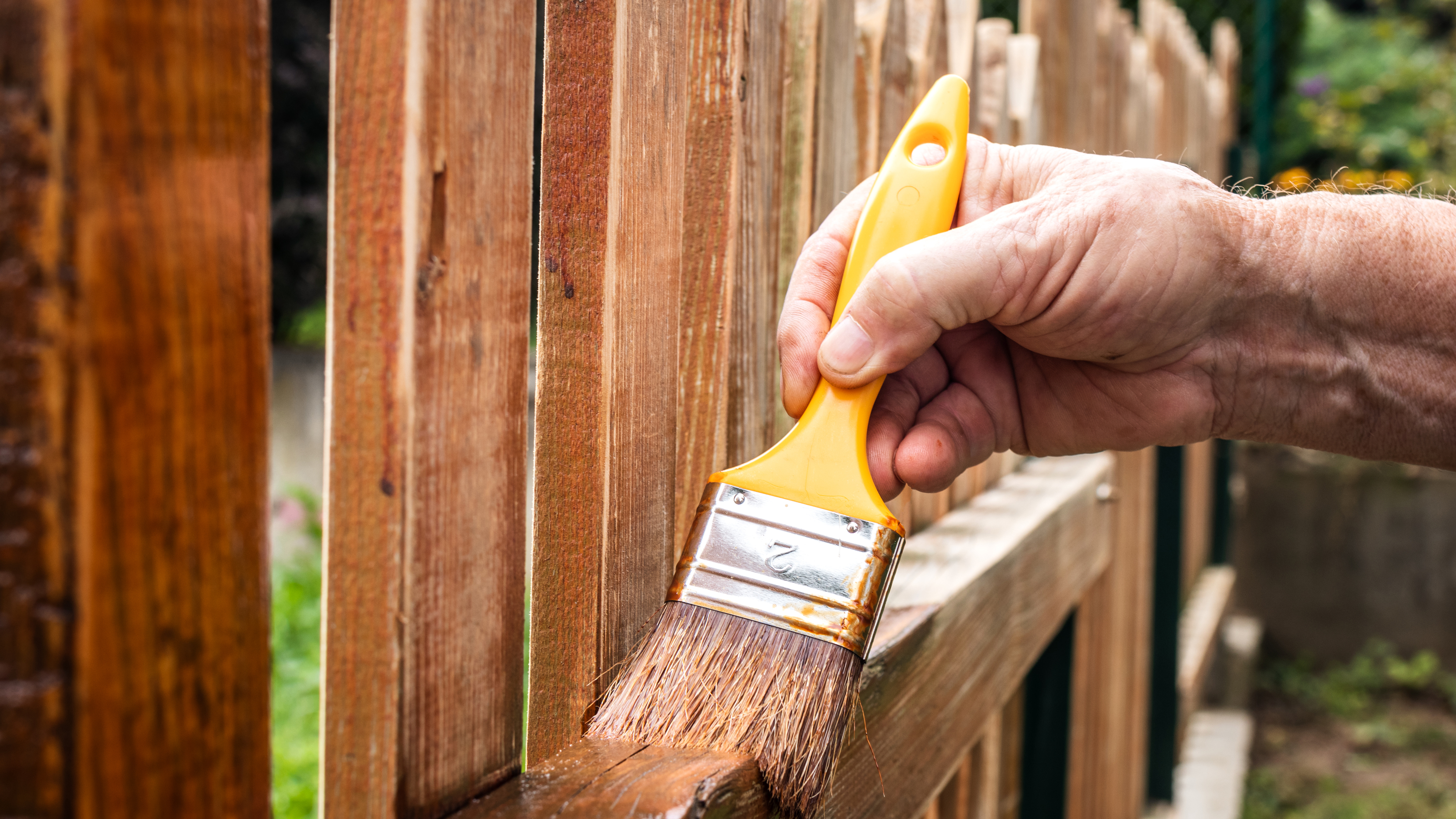Professional Fence Staining Service: Safeguard and Beautify Your Residential or commercial property!
Wiki Article
Just How to Pick the Right Fencing Spot for Your Residential Or Commercial Property
When it comes to boosting the look and sturdiness of your residential or commercial property's fence, picking the right stain is a critical choice that requires careful consideration. With a myriad of options readily available out there, each catering to various wood kinds, colors, and openness levels, the procedure can swiftly become overwhelming. Making an educated choice can substantially affect the overall aesthetic appeals and longevity of your fence. So, just how can you guarantee that you pick the ideal fence tarnish that lines up with your residential or commercial property's style and maintenance demands? Allow's check out some vital elements to guide you in this decision-making procedure.Recognizing Wood Types
To choose the ideal fencing stain, it is necessary to have a comprehensive understanding of the different kinds of timber commonly made use of for secure fencing. When selecting a fence stain, it is crucial to think about the kind of wood being used to make sure compatibility and ideal security. Comprehending the features of various timber kinds will certainly assist you make an educated choice when it comes to choosing the best fencing stain for your residential property.Picking the Right Shade
Selecting an ideal tone for your fencing stain is a crucial choice that significantly affects the total aesthetic charm of your building. Lighter colors such as whites or light grays can make a fence show up bigger and add a touch of sophistication to your residential or commercial property. Ultimately, the appropriate color choice will improve the elegance of your fence and raise the total curb charm of your home.
Taking Into Consideration Transparency Degrees
When selecting the best color for your fencing tarnish, an additional vital facet to consider is the level of openness that will certainly ideal fit your property's visual and maintenance demands. Openness degrees in fencing discolorations typically drop into three groups: transparent, semi-transparent, and solid. Think about the degree of direct exposure your fence encounters, the preferred upkeep frequency, and the visual you wish to achieve when choosing the appropriate transparency degree for your fence stain.Assessing Upkeep Needs
Thinking about the longevity and upkeep of your fence, assessing the maintenance demands is essential in determining the most appropriate fencing discolor for your residential or commercial property. The degree of upkeep required for your fence can differ relying on aspects such as the sort of wood, climate problems in your area, and your individual choices.When reviewing upkeep needs, it is important to consider the sturdiness of the fencing stain. Some stains need more constant reapplication than others, so selecting a tarnish with a longer life expectancy can help in reducing the overall upkeep requirements of your fence (Fence Staining Service). Furthermore, elements such as resistance to here are the findings UV rays, water, and mold can influence exactly how commonly you need to re-stain your fence

Examining Examples Before Application
Before using any type of fence tarnish, it is recommended to conduct example examinations to guarantee compatibility with the timber and preferred visual end result (Fence Staining Nashville TN). Checking samples allows you to examine how the stain will certainly communicate with the certain kind of wood utilized in your fence, as different woods can take in spots differently. To start, select a little low-profile location of the fencing to use the tarnish examples. It is advised to test several discolor alternatives on this area to contrast colors and surfaces. Think about just how the discolor looks when dry, as it may appear different from its damp application. Additionally, observe how the discolor matches the existing components in your outdoor room, such as landscaping or the color of your home. Bear in mind of just how the discolor stands up to climate condition like sunlight and moisture. By testing samples prior to complete application, you can make an educated decision that improves the general look of your property while protecting the wood efficiently.Conclusion
In verdict, picking the ideal fencing tarnish for your building involves recognizing the timber type, choosing the appropriate shade, thinking about transparency degrees, evaluating upkeep demands, and testing samples prior to application (Fence Staining). By taking these factors into factor to consider, you can ensure that your fence tarnish complements your building while offering the needed protection and sturdiness. Make an educated decision to enhance the appearance and long life of your fencingReport this wiki page